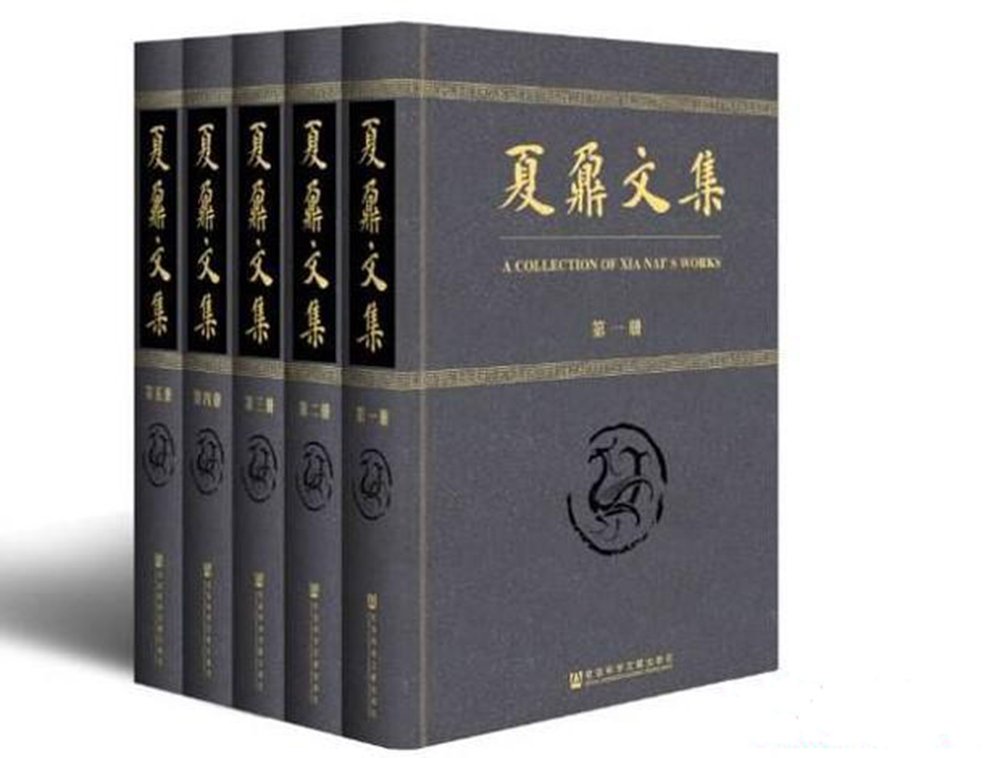Xia Nai’s leading role in Chinese archaeology

The Collection of Xia Nai’s Works
Author: Xia Nai
Publisher: Social Sciences Academic Press (CHINA)
Xia Nai was a founding father of Chinese archaeology who was also recognized as an academician in countries such as the US, UK, Germany, Italy and Switzerland. The Collection of Xia Nai’s Works includes five intensive volumes of Xia’s studies on Chinese modern history in his early career, then on Egyptian archaeology, archaeological theories and methodology, and many other fields of Chinese archaeology.
Xia conducted long-term innovative research on Chinese pre-history archaeology. He was the first person to revise the chronological system of Neolithic culture along the Yellow River basin and standardized the archeological denomination. He was also the first to point out that Chinese Neolithic culture had multiple cultural systems.
Another major contribution of his was the launch of the first Carbon-14 dating laboratory in China in the 1960s. With this new technology, Xia further confirmed his theory that the Yellow River basin was not the only center for the development of Neolithic culture in China in the article “Carbon-14 Year Measuring and Chinese Prehistoric Archaeology” published in 1977.
In 1983, with an increase in archaeological materials, Xia proposed a topic important to both Chinese pre-history archaeology and world cultural history: the origin of Chinese civilization. He argued that theoretical significance lay in “the confrontation between dissemination theories and independent evolutionism.” Xia specifically elaborated on whether Chinese civilization emerged and grew independently. He confirmed his argument that Chinese civilization is independent by examining those prehistoric cultures that were closely related to the origin of Chinese civilization, such as Neolithic cultures in the central area, downstream of the Yellow River and the Yangtze River.
Since the 1960s, Xia extended his studies to of astronomy, textiles and metallurgy in the Chinese history of science. In terms of astronomy, Xia pointed out that there were two types of star maps in ancient China: one is those used by astronomers: the constellations were drawn based on the observation of star tracks. They are more accurate, reflecting a complete sky. The other type includes maps of certain constellations and was used for decoration, or maps with stars to symbolize the sky, which were used for religious purposes. In terms of the textile industry, Xia was the first person to systematically illustrate the silkworm raising, mulberry plantation and the development of the silk industry during and before the Han Dynasty.
However, Xia’s enormous contribution to Chinese archaeology is not limited to his series of publications; more importantly, he led the establishment of a high standard for archaeological research in China. Xia had always been strict about the publication of archaeological outcomes. From the 1950s to 70s, dozens of archaeological reports and monographs edited and published by the Institute of Archaeology were mostly reviewed by Xia before they were published. He examined almost everything including academic point of view, text, chart, punctuation and quotes. His dedication accounts for the high reputation of Chinese archaeological books and periodicals in world academia.
